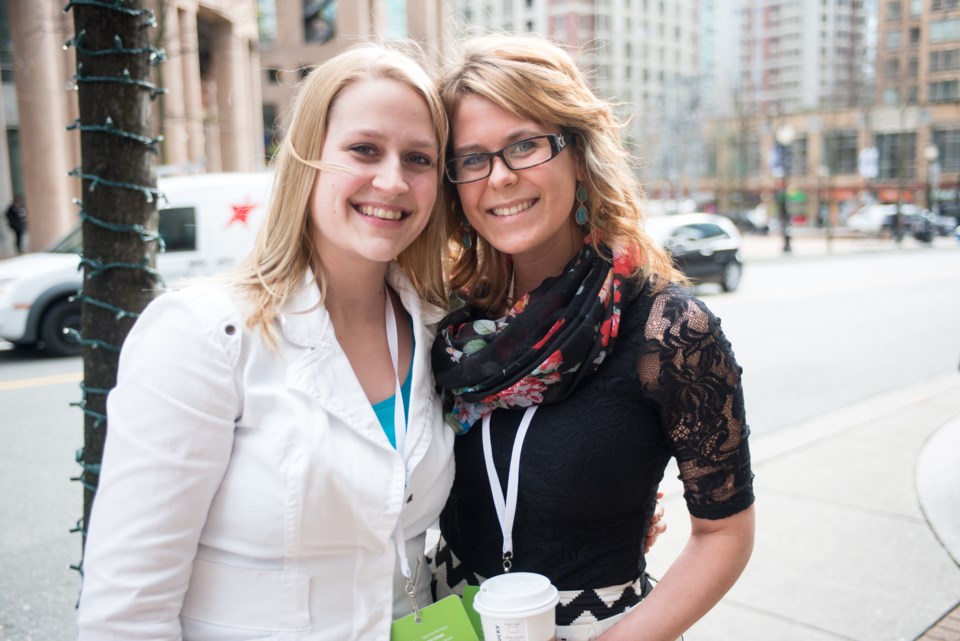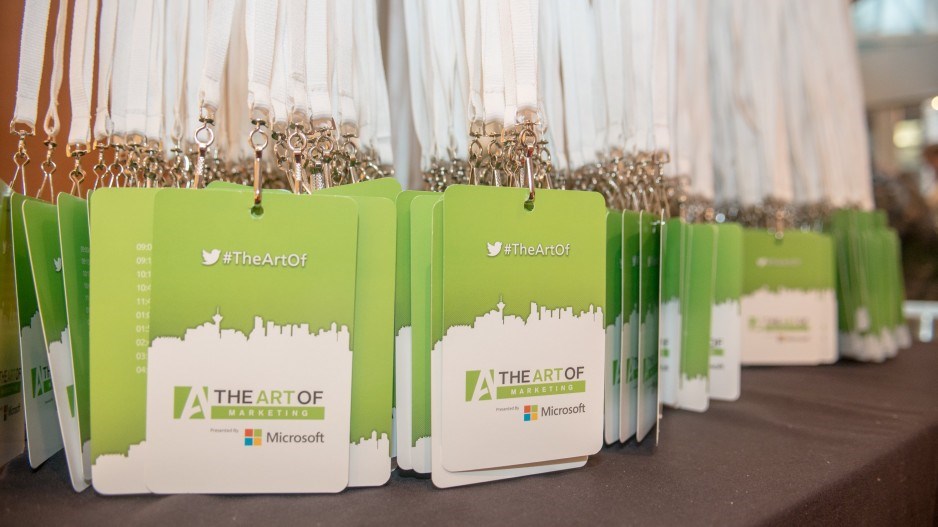An American technology entrepreneur and author says the human desire for instant gratification and its propensity to form habitual behaviours is being used by marketers to “hook” consumers and get into their minds and lives.
“Companies are finding their economic value is a function of the strength of the habits, or hooks, they create,” said Nir Eyal, founder of two Silicon Valley start-ups. “The extent to which they can make use of habit-forming digital technologies will decide increasingly which products and services succeed or fail.”
In the past, Eyal says, products were marketed by creating mental associations with them through paid advertising. Think of Mad Men.
“Now mental associations are created through frequent, repeated experiences with the products themselves,” he said.
Examples include such social media as Facebook, Snapchat and Instagram.
Instead of trying to differentiate themselves from the competition, some companies focus on manufacturing desire by guiding users through a series of experiences, or hooks, that are designed to create habits.
Habit-forming technologies create associations with internal psychological and emotional triggers. Those associations cue users without the need for marketing, messaging or other external stimuli.
“A cemented habit is when users subconsciously think, 'I’m bored,' and they go to Facebook,” Eyal said. “Or when they ask themselves, 'I wonder what’s going on in the world?,' and they go to Twitter.”
After observing common patterns of behaviour in the video gaming and online advertising industries, Eyal developed a model to explain human habit formation in the digital world.
He says there are four sequential steps to creating hooks: Trigger, action, reward and investment.
He calls the trigger the actuator of a behaviour—“the spark plug in the engine.”

“Habit-forming technologies start by alerting users with external triggers, like an email, a link on a web site, or the app icon on a phone,” he said.
After repeated use of these technologies, these triggers form associations with users' existing behaviors and emotions.
“Soon users are triggered internally every time they feel a certain way,” he said. “The internal trigger becomes part of their routine behaviour and the habit is formed.”
Following the trigger in the chain of habit-forming steps comes the intended action. Companies boost users' motivation by providing variable rewards in order to hook them.
“The predictable response of your refrigerator light turning on when you open the door will not lead you to keep opening it,” he said. “But if a different treat magically appears in your fridge every time you open it, you'll be intrigued.”

The final step in sinking the hook – the investment phase – is an action by users to increase their commitment for the next go-round.
“Inviting friends, stating preferences, building virtual assets and learning to use new features are all commitments that improve the service for the user,” he said.
Eyal says there are positive and negative aspects to the ways in which such digital technologies are affecting us.
“But we don't know them all yet,” he said. “We're the guinea pig generation. As the comedian Louis C.K said, 'Everything's amazing and nobody's happy.'”
Eyal is the author of Hooked: How to Build Habit-Forming Products.
He is one of five speakers at The Art of Marketing Conference, which takes place April 15, 2015, 8:30am to 5pm in Ballroom ABC in Vancouver Convention Centre East. The Art of Marketing, is presented by Microsoft and is billed as one of Canada’s top marketing and innovation conferences. This year organizers anticipate more than 1,200 of Vancouver’s most notable professionals in attendance again this May, as the conference returns for it’s fifth year in Vancouver.
Business in Vancouver subscriberscan take advantage of a preferred conference rate by using the promo code BIV26 to save up to $100 on registration. Click here for more information. < link: http://info.theartof.com/mv15/biv26 >.




